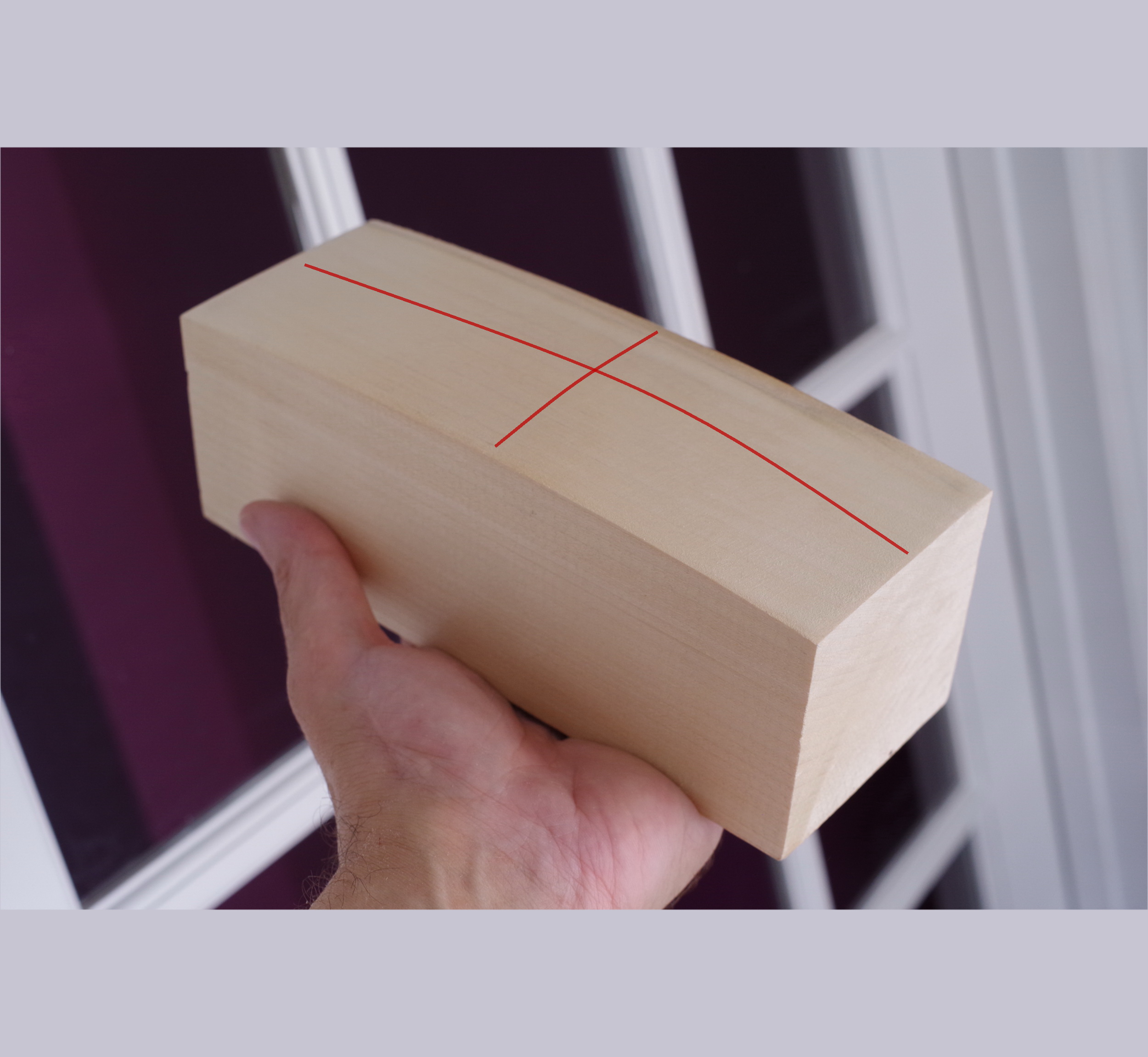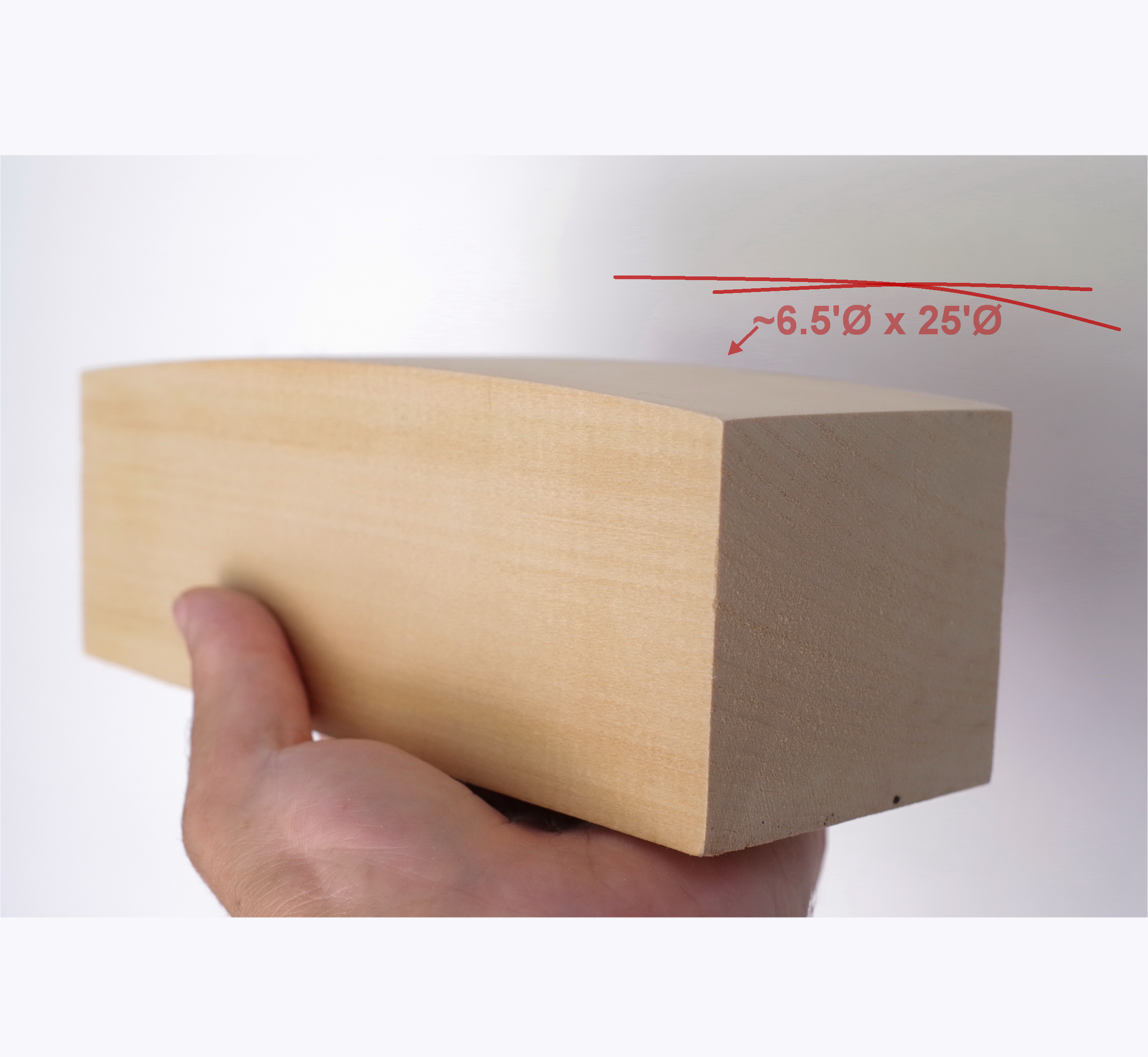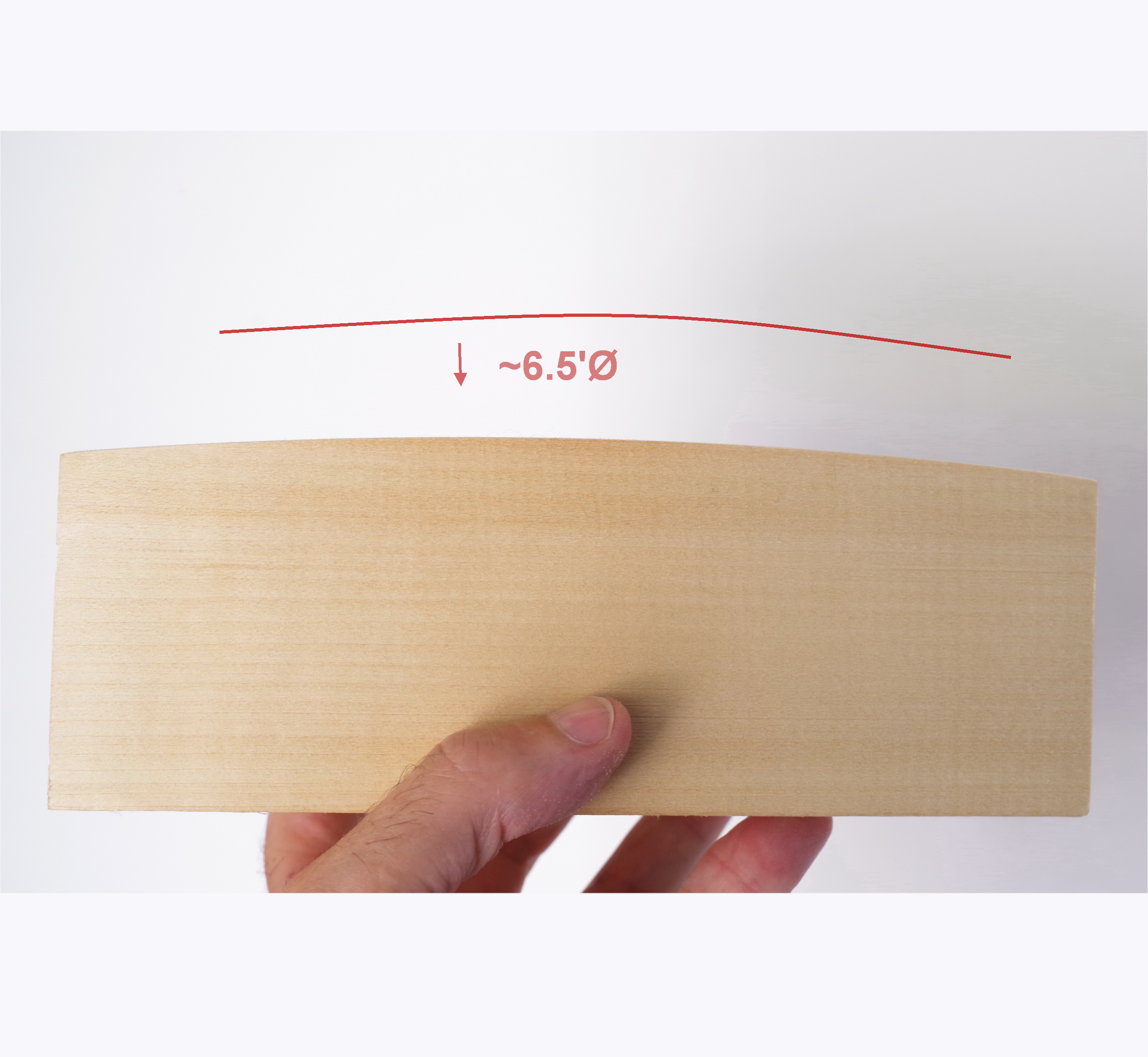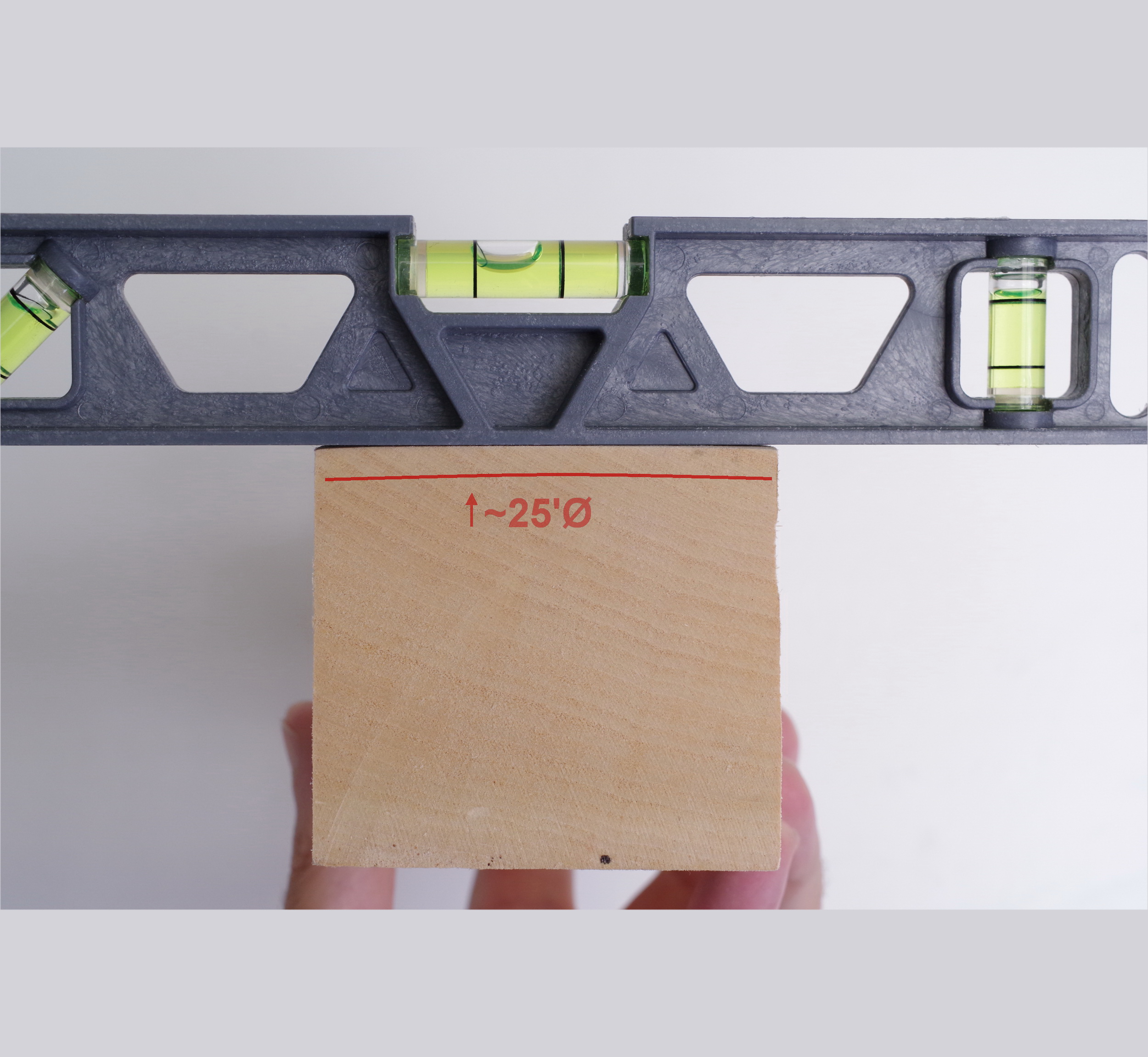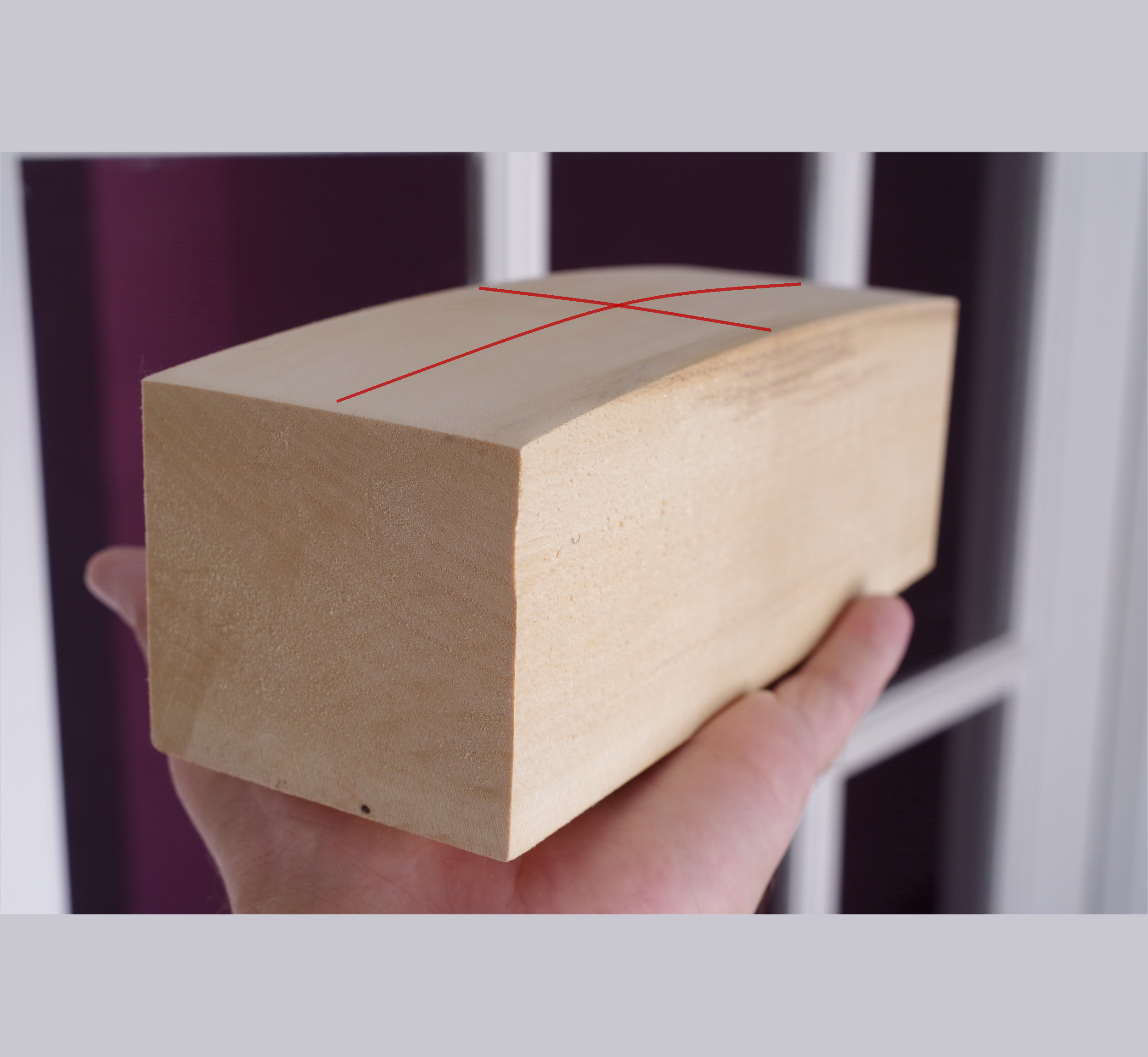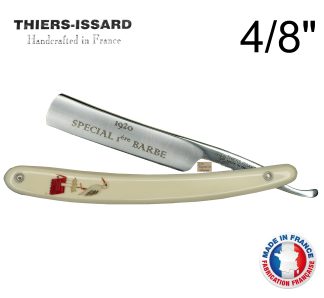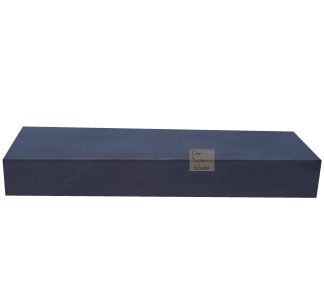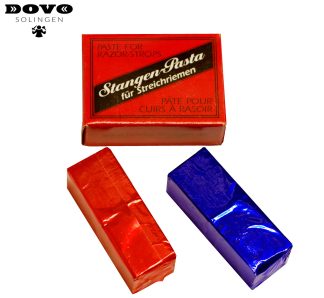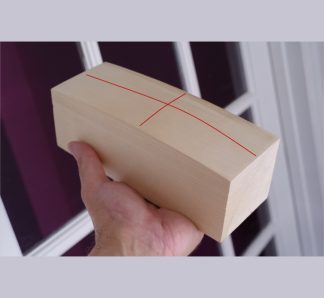Description
The purpose of this wooden block is primarily to put its shaped surface directly behind a strop to create a convex stropping surface, as I do in the countless YouTube videos.
However, you could also commit the wood block to backing up this kind of lapping film (PLEASE PLEASE PLEASE consider to use my Amazon link to finalize a purchase, any purchase, all that matters is you click and buy within ~30mins and I’ll earn ~1-2% of your purchase price, costs you nothing!) so that you can establish a bevel on your razor very quickly which is quite concave.
This is a mostly-labor-and-shipping stock-keeping-unit. I’ve shaped this wood block using this special concave lapping plate and sandpaper; it is a tremendous mess of fine dust, and quite certainly a miserable ~1.2hrs labor, and that’s with it “only” being polished to 1000# on the shaped facet; this bass wood proved much heavier than the similar blocks I’d found in the past, in fact this thing’s only 3x3x8″ originally and weighs well beyond 1lb.
Wood-to-wood variances, and even variances within the wood blocks themselves, cause all the same issues as in shaping Belgian coticules and other natural whetstones which have meaningful variance in their density across the plane of even a whetstone; water will run its course, one side or facet will put up less of a fight than the other side or facet, and your wood block as delivered will likely have some lack of a parallelism between the base 3×8″ facet and the ‘level’ of the shaped facet.
But this isn’t Michelangelo’s David, and it doesn’t have to be impossibly precise; remember, back in the peak day of the Pike Hard Arkansas sharpening wheel mythical beast, following the hollow grinding work the very best razor grinders did not use flat bench stones at all, nor any bench stones! They were actually setting in the bevel and sharpening it all by free hand, holding the spine off of the wheel (because at 7-12″Ø, those wheels were waaay to small to set in a bevel with the spine flush!)
There’s no way that which is described in the above paragraph could have been achieved with a razor’s spine’s angle perfectly fixed the whole time – it was an on-the-fly hand skill, where they learned over obviously many tries to cut in most of the bevel with the spine nearly flush and all of the bevel meat within the boundary of the wheel, and then as they refined the actual edge they moved some of the bevel zone outside of the contact of the wheel as well as increased the angle of the spine, finishing up just before the strop with the spine-to-edge line facing tangential to the wheel and only a wisp worth of the bevel in-contact!
What matters is you get enough concavity for a big difference in your shave, and being as I’ve had the misery of shaping and selling about 60 of these things before…have you ever seen someone resell one? Go get that 3M lapping film and put it on it directly, set in an edge and then refine it with your favorite pasted strop, flat bench stone, etc. etc… be sure the whole of the bevel was curved out before moving to your successive steps and you’ll think you died and went to heaven.
Use this on the table for honing with lapping film atop, given the chunky weight. You can use the pressure-sensitive-adhesive backed lapping films (please please PLEASE use that link to make the purchase, of anything within 30mins, I will earn 1% from Amazon and it costs you $0!), just spray some isopropyl alcohol all atop the shaped surface and remove the sticker backing on the lapping film and put it on and ‘squeegee’ the bubbles. If you want to switch between grits, though, the regular ones that don’t have any backing sticker work well, too, just wet the block down and it’ll hold quite good. If you did the latter, I’d use Ballistol oil, diluted with water, as the honing medium, that way it can mix with any stray water from underneath the 3M lapping film sheet. If you are going the PSA-backed route, use plain top quality mineral oil or sewing machine oil, or silicone lubricant; something extremely thin and fine.

